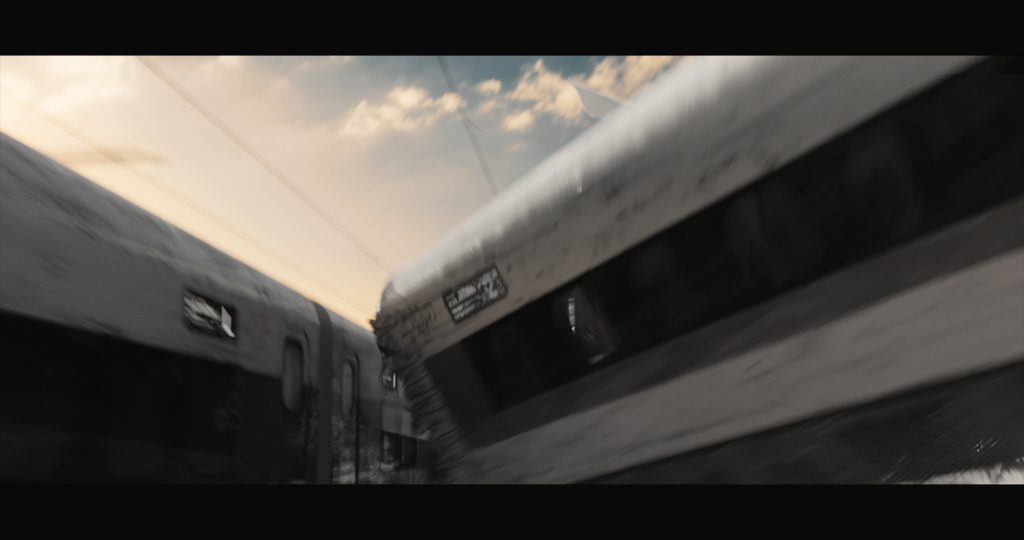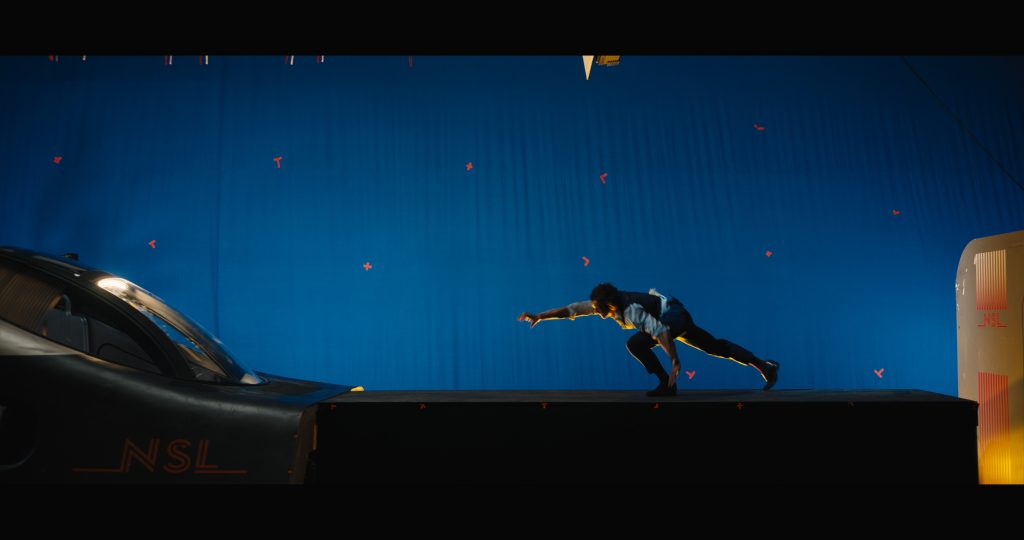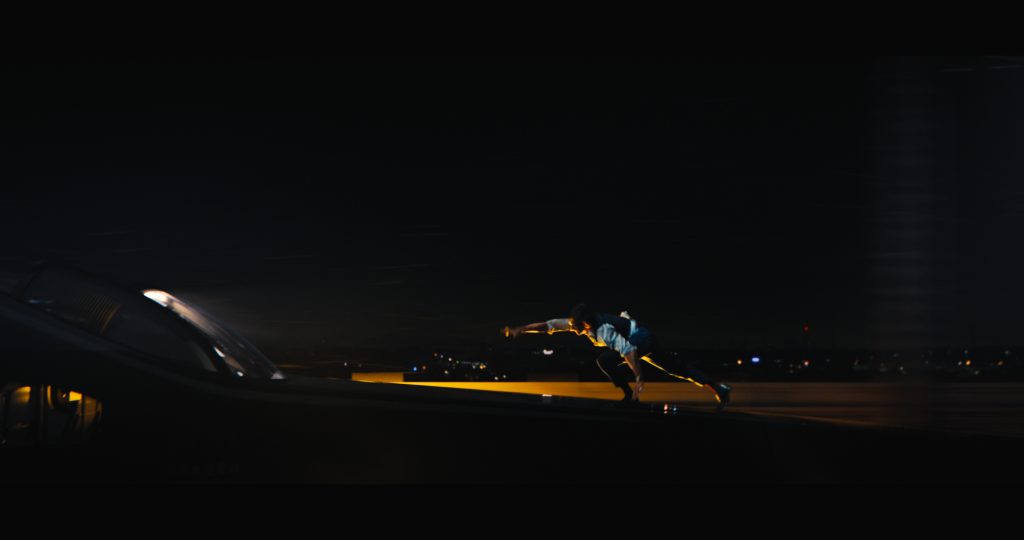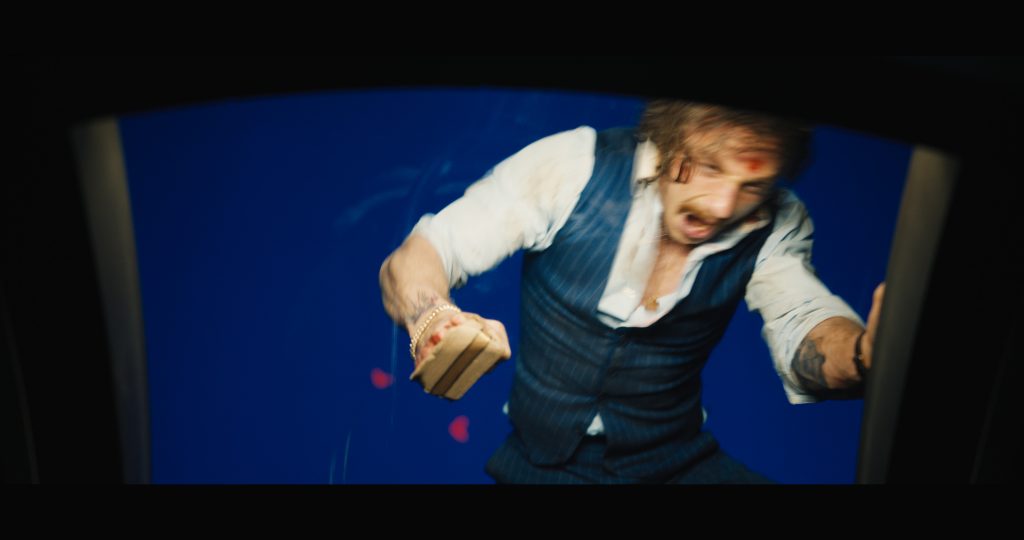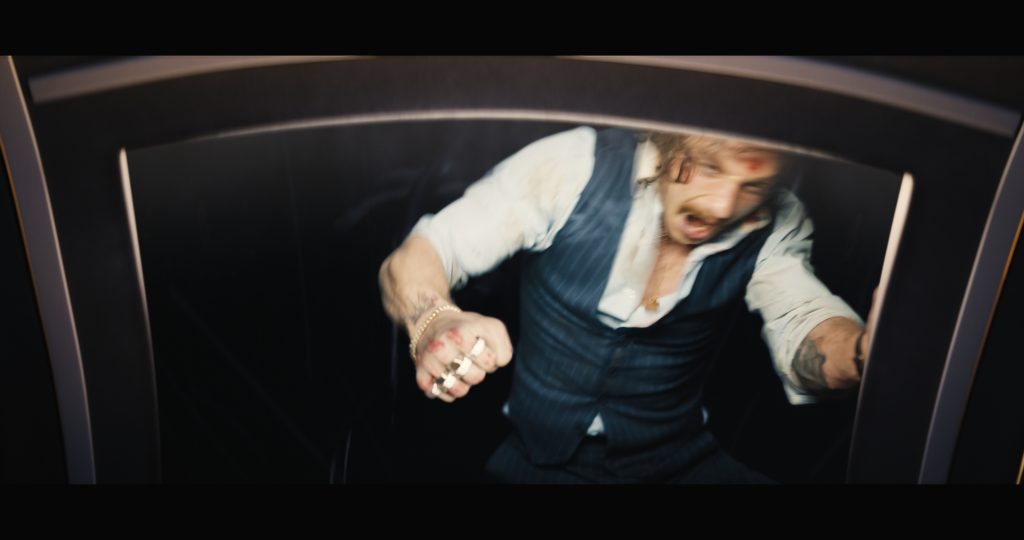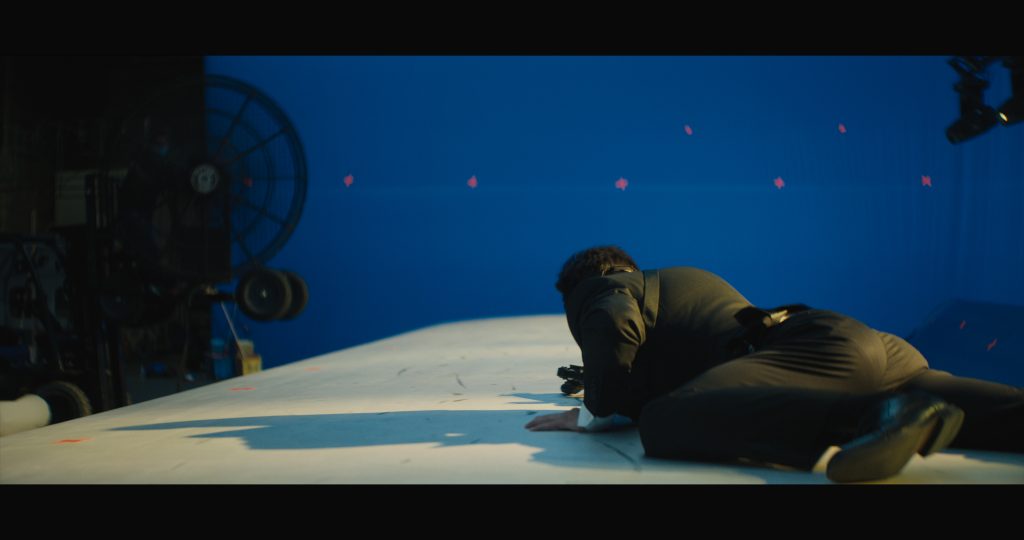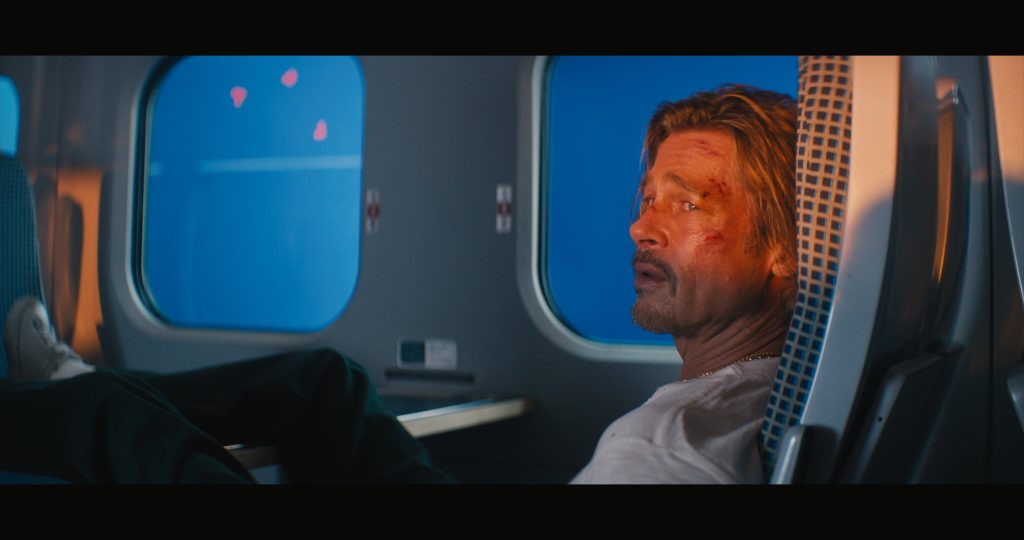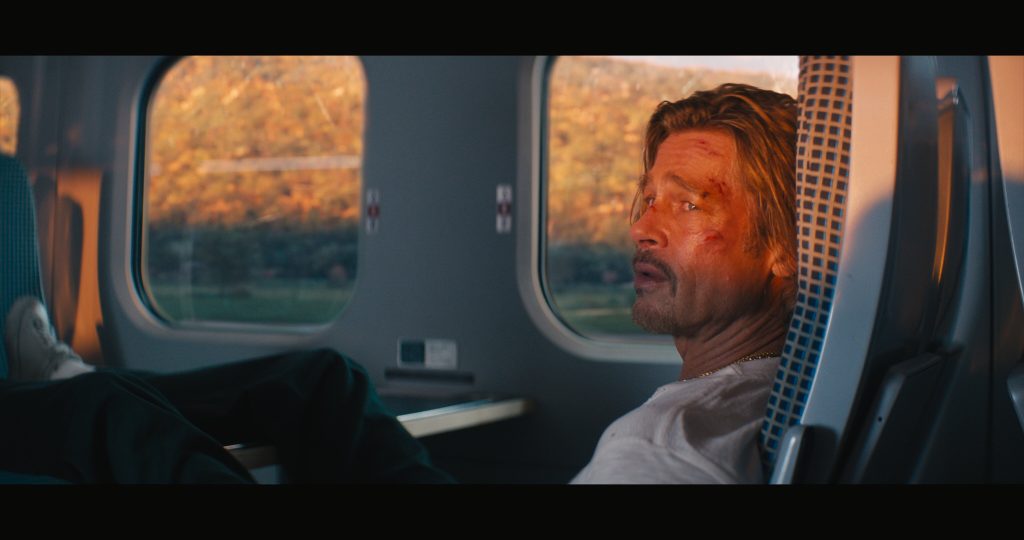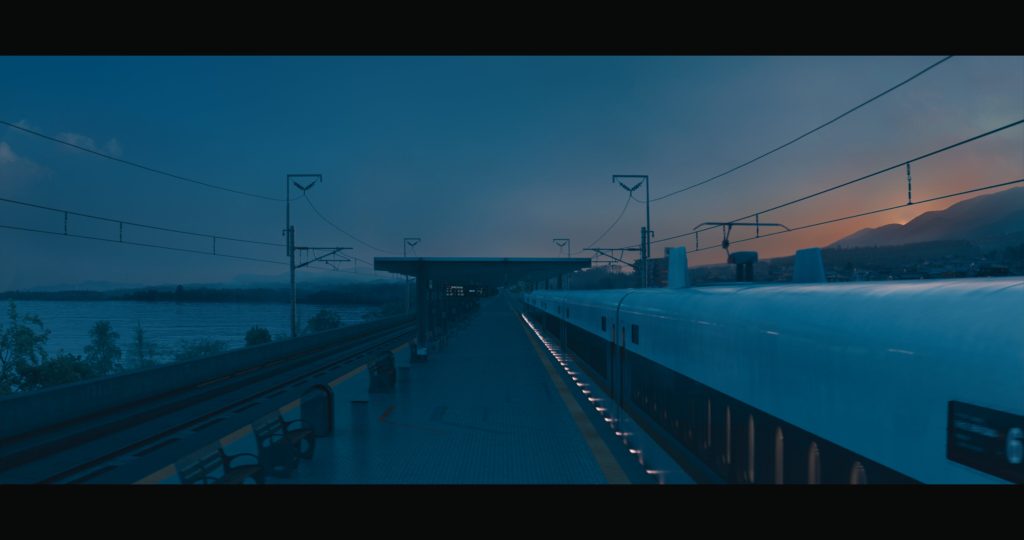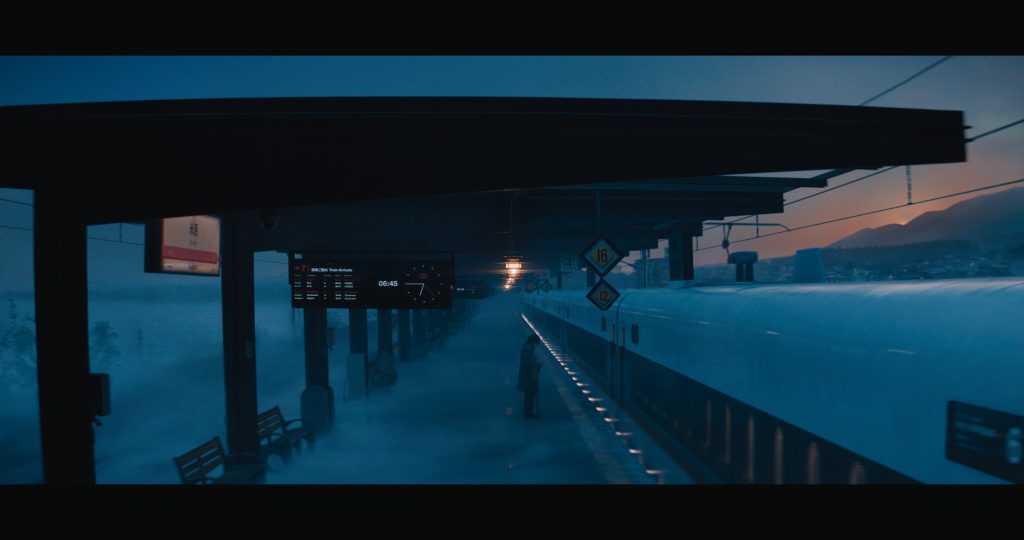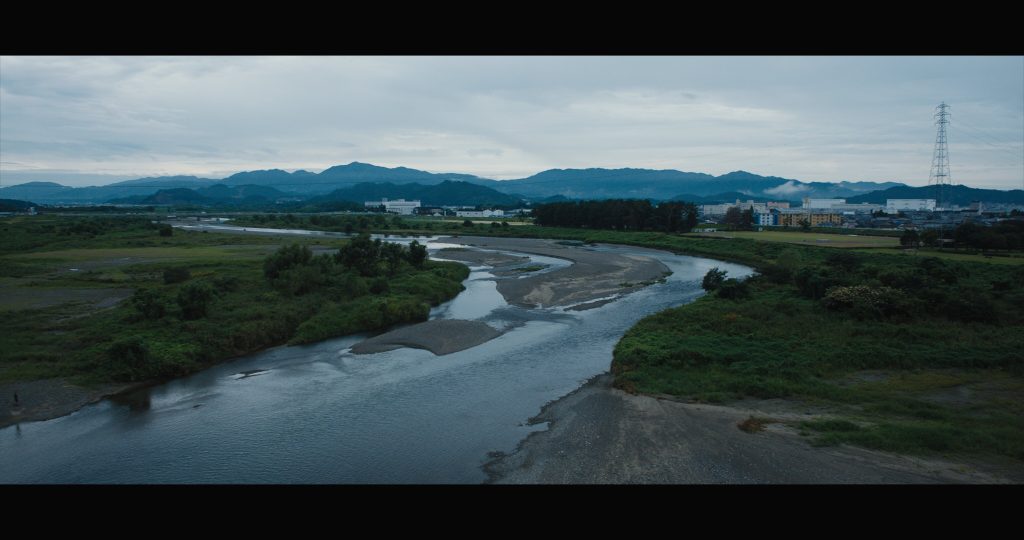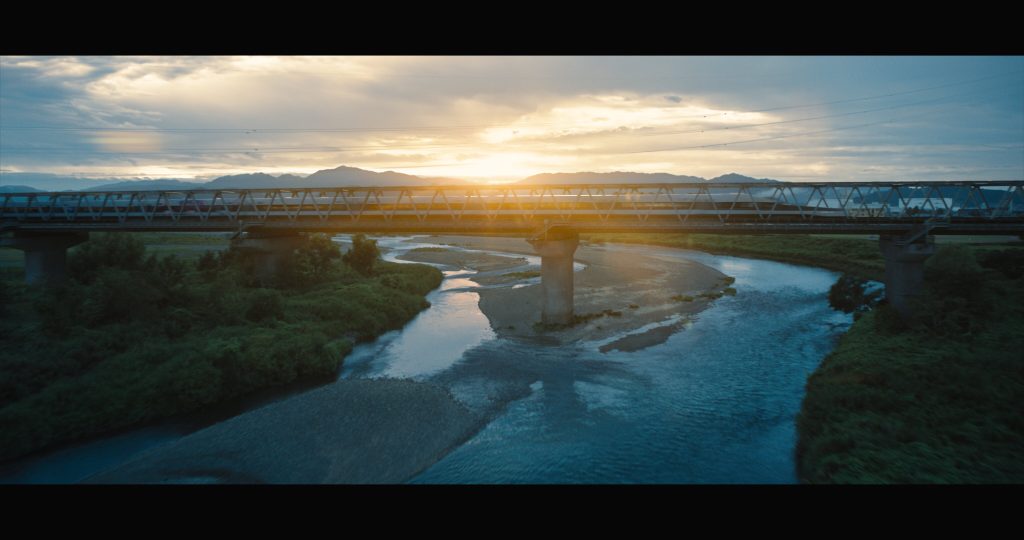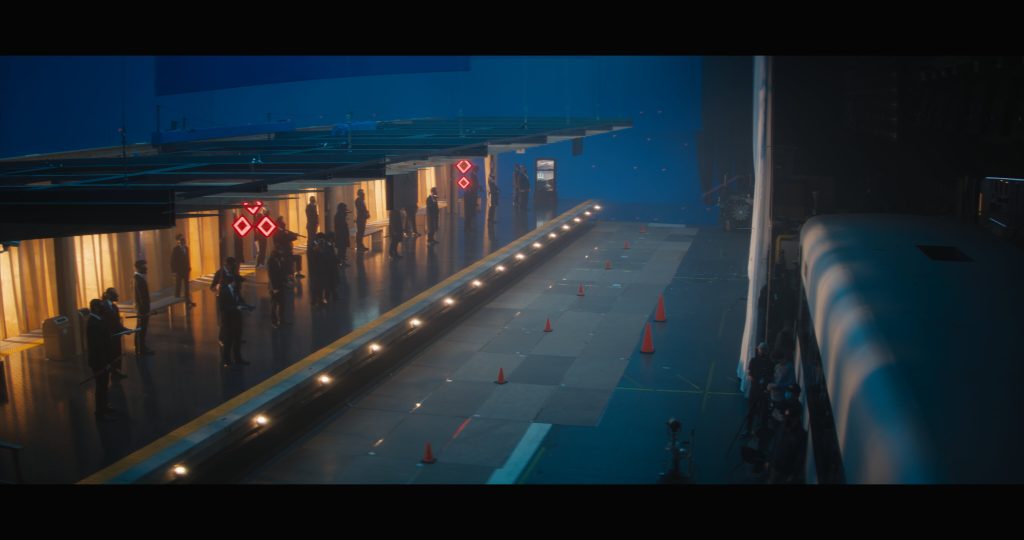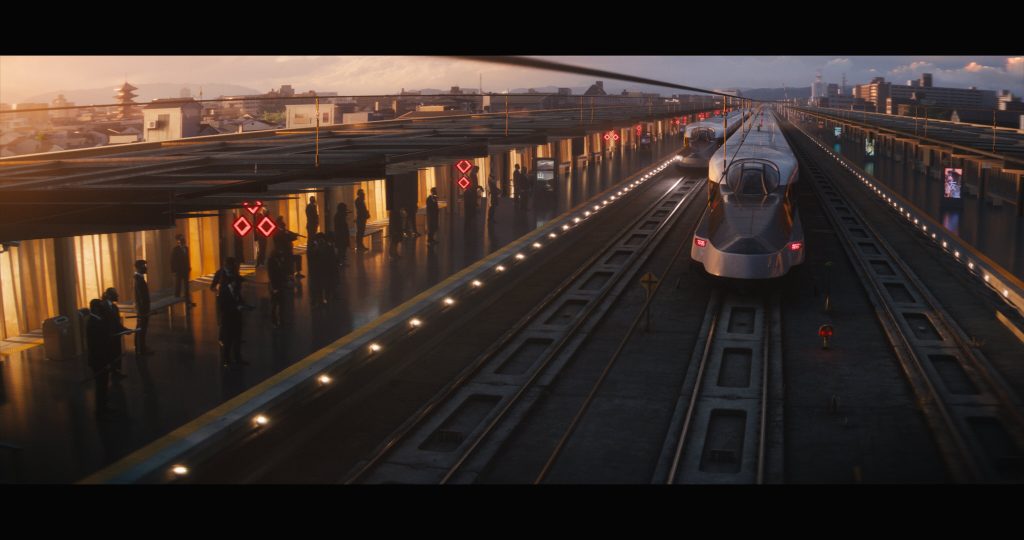
Over the years the visual effects studio DNEG has various accolades to its credit and has gained rich experience working on numerous marvellous projects like Dune, Blade Runner 2049, First Man, Tenet and many more. The studio’s latest work includes Brad Pitt starrer Bullet Train that takes place on an overnight Shinkansen train from Tokyo to Kyoto. Aboard are five hired assassins with separate missions tied by a common thread – the villain: White Death.
DNEG has extensively used virtual production as the majority of the film is set in a train. VFX supervisor Stephen James gave in-depth details to Animation Xpress about the use of virtual production for the movie and gave a breakdown of various sequences.
James said, “For virtual production, the production team built a large LED set around the train, a practical one so that people could walk in it to show the train passing by cities, fields and other environments. Footage for the same was shot in Japan using wide-angle cameras on highways so that multiple footages can be stitched together to create a massive view. As it was shot on highways, the footage needed to be stabilised in a way that feels suitable for a bullet train which is fast and smooth in Japan. We had an environment team that created and rendered parks, trees, and bridges to give us content that is hyper-real and more stylised like colourful cities with signages. We created content from multiple angles as it needed to be quite fast. Everything was mostly rendered on the same resolution, all pre-rendered. We found that real-time camera tracking wasn’t worth it for the usage of the film because of the speed at which the train is moving. On the set, creators were able to have layers of background like a background city or tunnels passing by to give a sense of speed. All these could be added as a layer on set in real-time which fairly gave a real-time component in terms of content.”
Since LED/virtual production was a huge component of the film, the team was involved in the concept and pre-production phases due to the amount of work that needed to be done on set. “It was a good three-four months of LED content creation and testing before going into production. DNEG being the lead studio did the majority of the work, there were other studios involved especially for motion graphics,” said James.
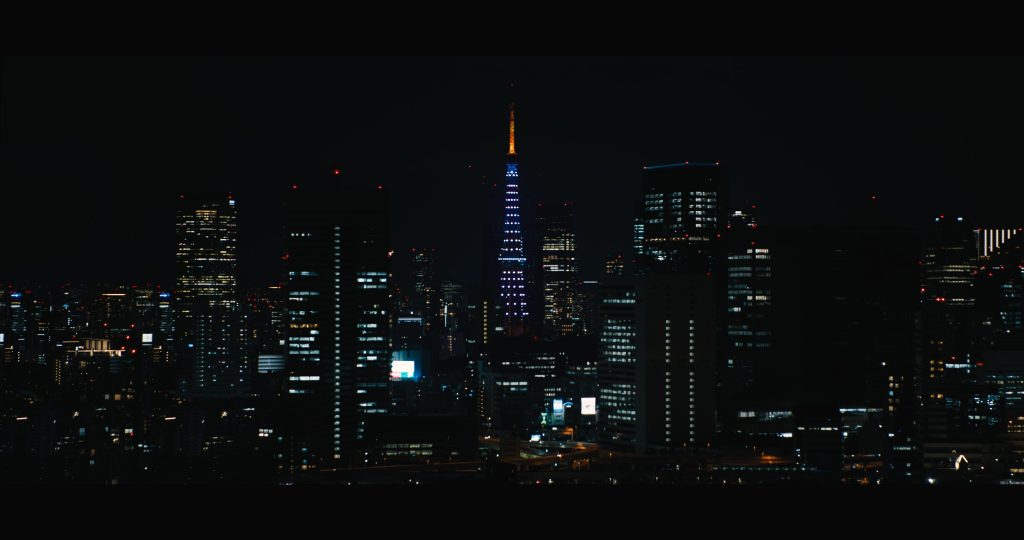
Image Courtesy of DNEG © 2022 Sony Pictures Digital Productions Inc. All Rights Reserved
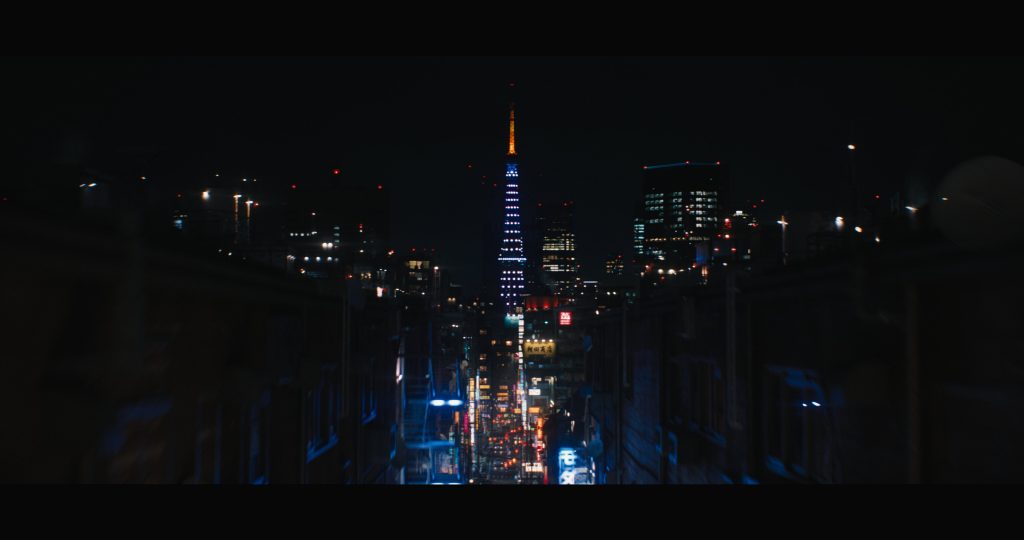
Image Courtesy of DNEG © 2022 Sony Pictures Digital Productions Inc. All Rights Reserved
The studio did take help of storyboarding and previs as the movie has big visual effects scenes that needed to be solved before going into production. He further shared that when the team joined they had crazy, beautiful and colourful concepts to follow through because of storyboarding and previs. Once they shot the scenes it was taken through postvis for iterations and solving issues before it was being given to the studio for final output.
The film has around 1,015 VFX shots including both LED and visual effects, out of which around 200 are only LED shots. Overall 850 artists have worked on the film from DNEG Vancouver, Mumbai and the support team from Chennai. Major work was done by Vancouver and Mumbai studios and there were some other small studios as well on board. The Mumbai studio was led by Shailendra Swarnkar as VFX supervisor. Along with James, David Fox and Saado Abou-Khazaal have served on the film as executive VFX producer and VFX producer, respectively.
Talking about important background scenes of the film, which even though were in the background, they made an overall impact on the movie. James said, “We needed to provide tons of content as the movie shows scenes travelling through Japan. The challenging part was that the movie was set in a train and it’s constantly moving, nothing can be repetitive. Also the lighting was changing throughout the entire film.”
Although it’s in the background of the film, the studio had to create a lot of journey environments for full CG. Once the sun rises in the film everything from the LED turns into blue screen or green screen on set and they had to do full CG for out-of-the-window shots. In the film, the train has travelled through six environments like Japan-style rice fields, the sunrise shot, mountain sides and each one had to be around five kilometres long. To do this they started with the simple geometry of the scene like sculpting mountains and ground, knowing where they would be placing the track, then they used open street map (OSMP) data which is available online and could be imported into Houdini. All this gave a kind of blueprint that you can follow for creating environments. This makes it easy for the team to place objects and do the manual dressing wherever required to enhance the scene. They also focused on the fact that the background is not too distracting and the emphasis stays on what’s happening in the foreground.
Train Crash scene
This scene is the highlight of the movie and DNEG created the scene in a way that looked appealing and intriguing to the audience. “We made these trains look beautiful for travel sequences. We also had to plan early for the destruction parts/scenes which were very complex. In the train, we built the interior panelling, frameworks, cables, and rubber seals through the windows. Such minute details were added that could be seen when something is ripped into half. We did quite a bit of animation and effects testing early on and even though action wise a lot was going on, we wanted to make sure that there’s weight and impact to the way the train flies off the track and comes down while balancing the elements of danger, fun and comedy in the film,” James added.
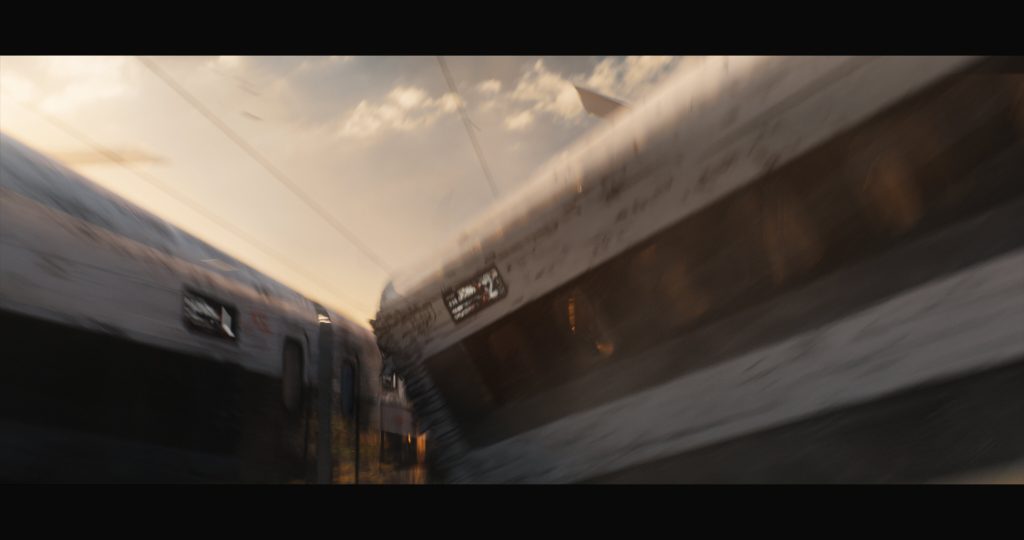
Image Courtesy of DNEG © 2022 Sony Pictures Digital Productions Inc. All Rights Reserved
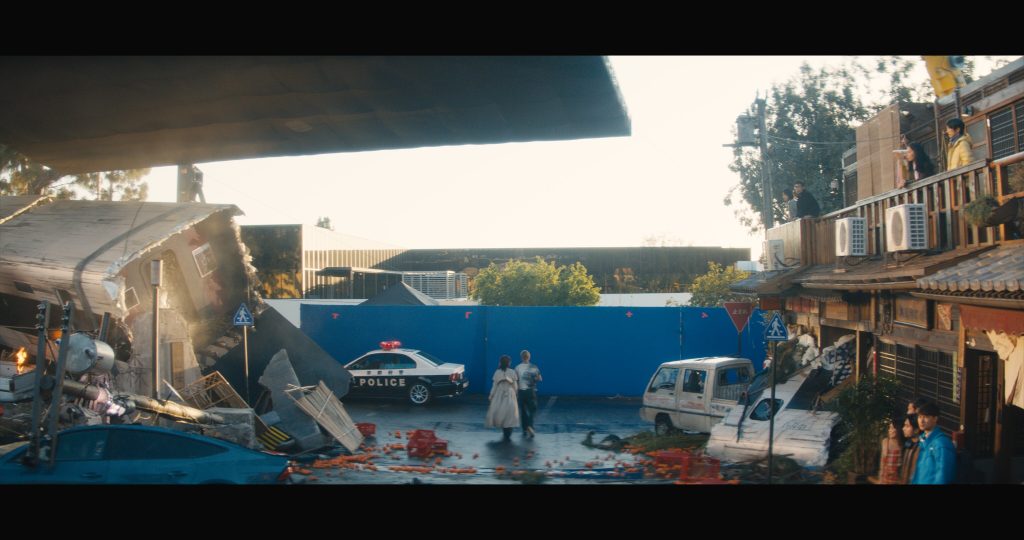
Image Courtesy of DNEG © 2022 Sony Pictures Digital Productions Inc. All Rights Reserved
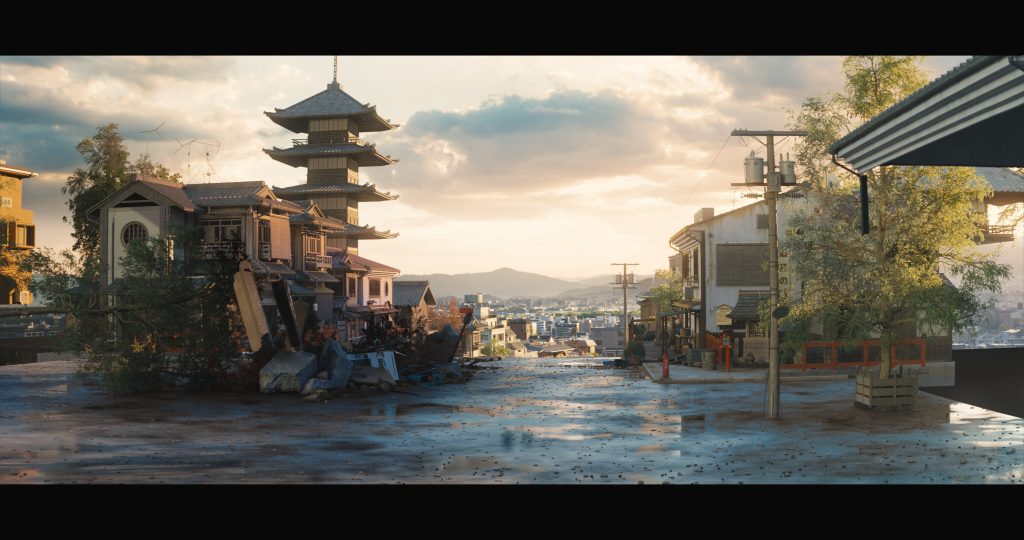
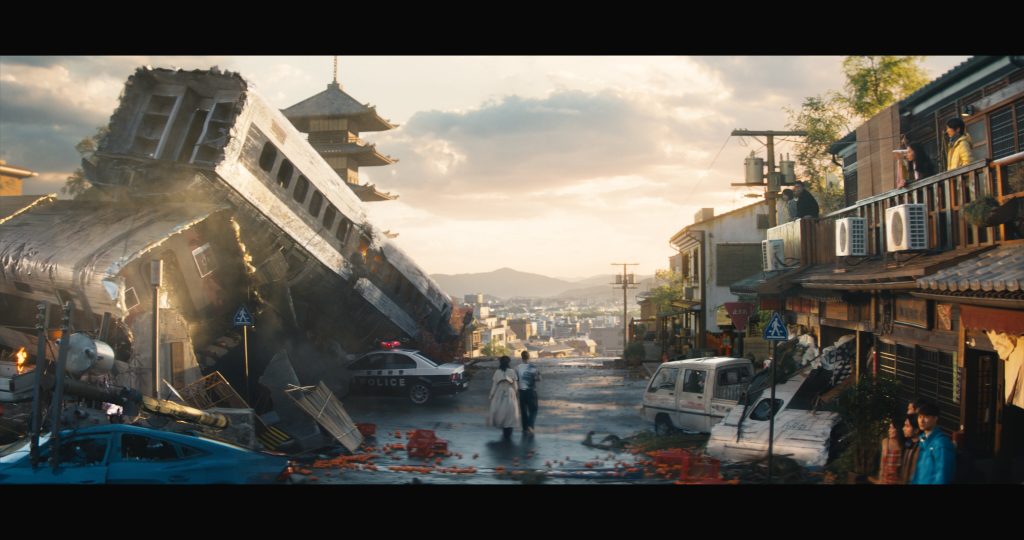
Image Courtesy of DNEG © 2022 Sony Pictures Digital Productions Inc. All Rights Reserved
They did testing on the scene where the main train crashes into the other train and bounces off the way a can is opened to make it look more natural and realistic. They also made a pre-destroyed, highly detailed train and its interior for the climax scene as several shots from different angles were added in the film. Maya and Houdini among other softwares were used to create the pre-destroyed train.
He added, “As the scene was perfectly made in the previs, we didn’t require to use digi doubles for the scene. The performance by the actor was great so we could keep all the parts. This was challenging as most of it was happening in slow motion and we had to do effects which hit the right cord from the comedic perspective.”
Car explosion scene
The scene here is about how a bullet from a gun was shot at the tank of the car which exploded high up in the air. On set, the car was driven on a ramp to give that kind of a shot. The VFX team had to work according to the dynamics of the vehicle on the scene and create the effects. “We made sure that the effects flowed out from under the car which worked with the car flying up from the ramp and flipping in the air. Again Houdini was used to create this scene and was rendered in Clasrisse,” James said.
Brad Pitt and Tangerine hanging out of the Bullet Train scene
This sequence was worked on by the DNEG Mumbai team. There was a practical train that the actors could interact with and hang out of the door. Lots of wind effects were used to give them a sense of direction so that it felt like the train was moving at the speed of 300km/hr. Lights were used on set to imply the passing of the train and other objects. The VFX team had to replace the train completely and use digi doubles to track the actors’ movements that could reflect the actions back to the train as it was a reflective surface. They used their existing journey environment which the train was shown passing through. The challenge for the team was to coordinate and add objects in conjunction with the on-set lights that gave the sense of passing by. To give a sense of speed and danger, pieces of gravel and debris were added by the VFX team.
Having previously worked with director David Leitch on Deadpool 2 and other films, James and the team know what the director wanted to see which saved time that way, as there was no guessing about what the director wanted and what his taste was. James said, “We knew that the director likes to go big with the visual effects scenes and overall it was a great experience working together with him which is why we keep doing projects with one another.”
Interestingly James finished working on Dune and was brought on board for Bullet Train which is quite opposite in nature as Bullet Train is more colourful and dynamic. In his opinion, one should be able to adapt and get a good variety of experiences from different films, so that one can hit these different types of films and give the clients what they want.
James is currently working on the HBO TV series The Last of Us and DNEG in general is working on several projects like Shazam! Fury of the Gods, Haunted Mansion, Garfield and Coyote vs. Acme and they are looking forward to work on other projects as well.

